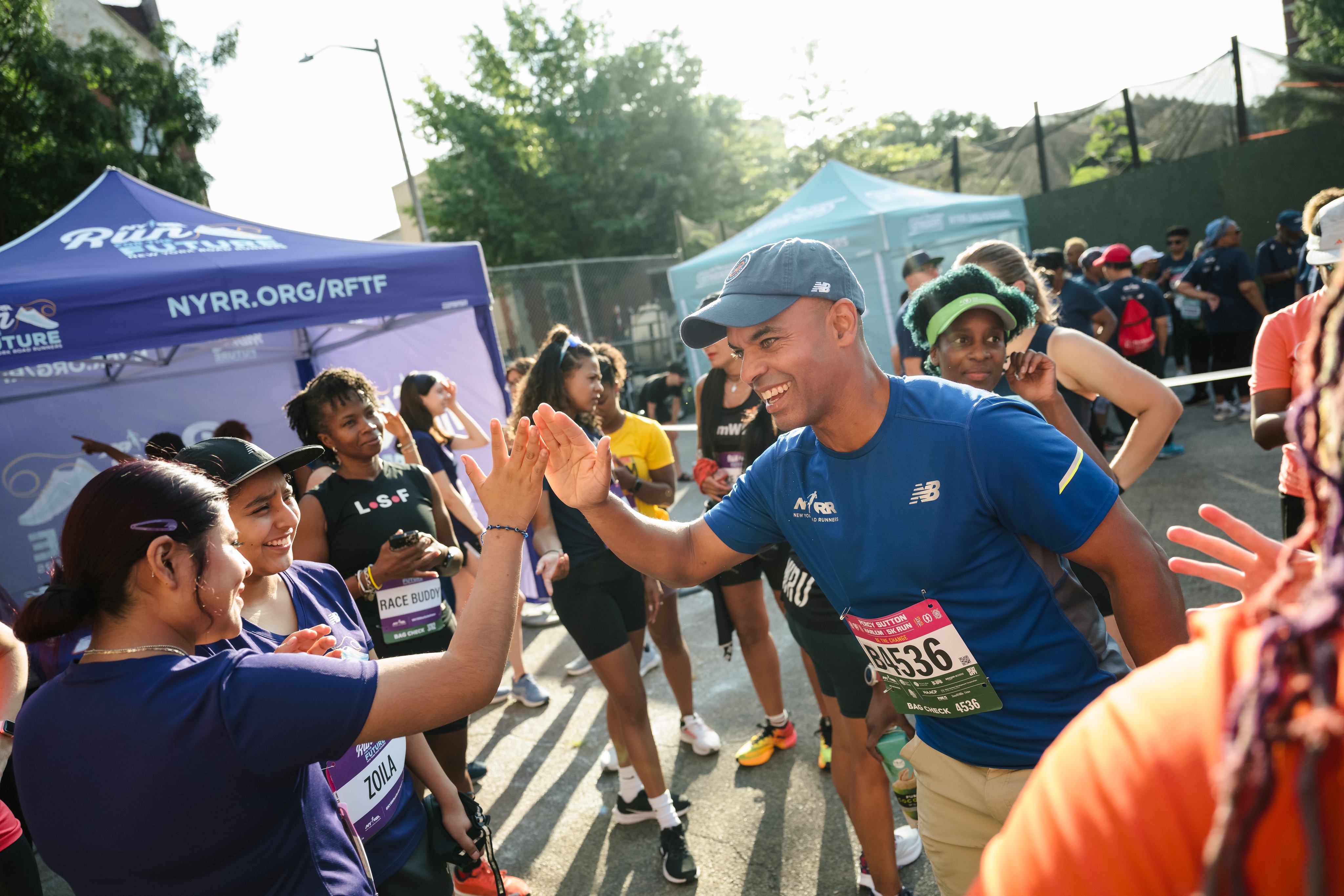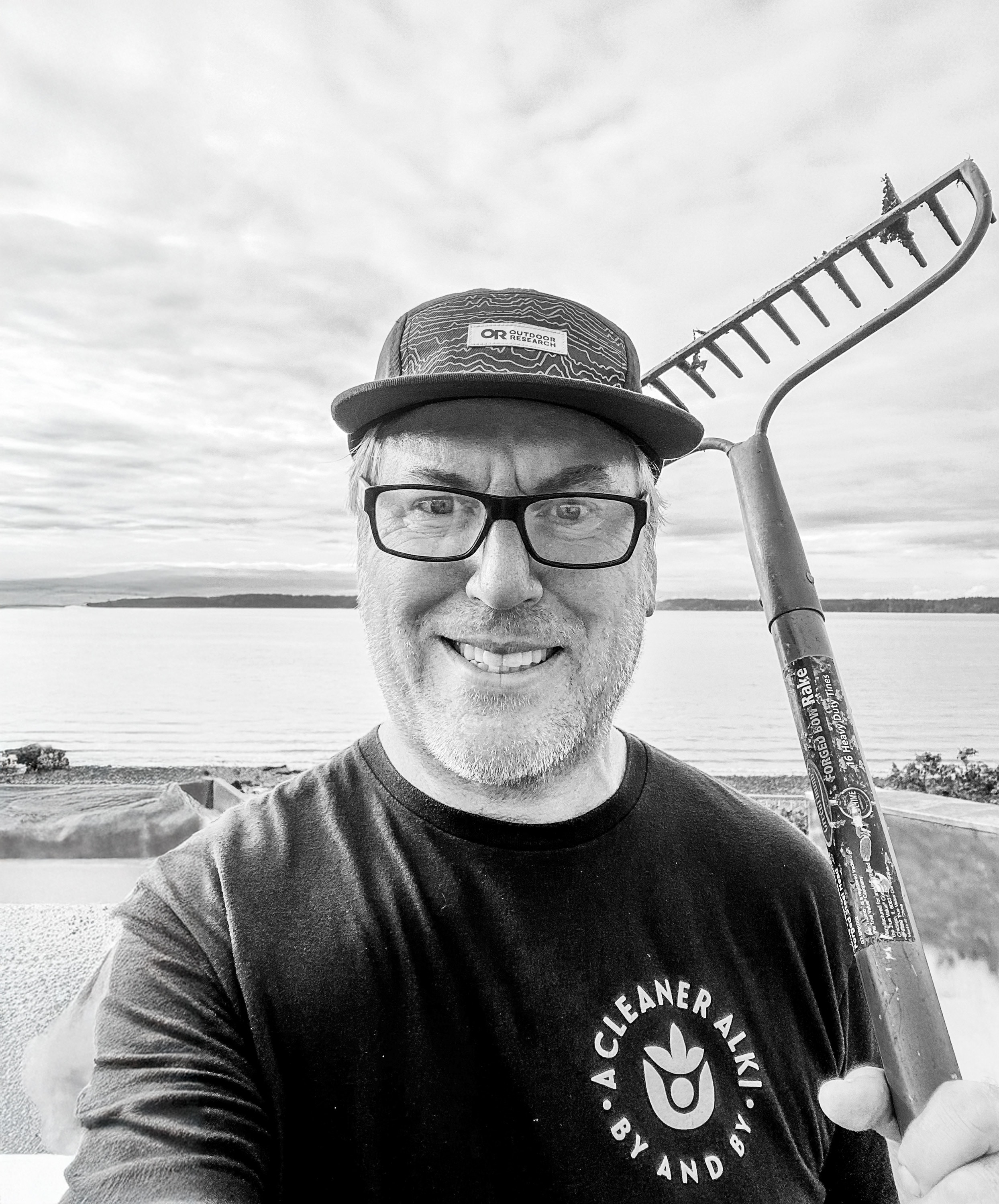What is plogging? Plogging is a combination of jogging and “plocka upp,” the Swedish term for “picking up.” If you’ve been in New York City around marathon weekend the last couple of years, you’ve maybe noticed the somewhat unusual sight of people out running—trash bags in hand—stopping and picking up litter from the streets. Sponsored by the New York Road Runners (NYRR), these are official plogging events. Since the first plogging event in 2019, the NYRR has collected about 265 industrial-sized bags of trash.
Plogging can trace its roots to Stockholm, Sweden, which hosted what was likely the world’s first such event in 2016. Swede Erik Ahlstrom calls himself the founder of the movement, kicking it off after growing frustrated with the state of his city’s littered streets. To make a difference, Ahlstrom began picking up trash any time he was out and about.
Since then, some 3 million people have joined in the plogging movement, whether in organized fashion, like the NYRR events, or going solo. With the help of social media and word of mouth, it has spread to over 100 countries. Often combined with Earth Day or a running event, plogging gets you outside moving and is a feel-good activity that helps your local community.
Check it out: If you live in Ventura County, California, REI Cooperative Action Fund grantee Runners for Public Lands hosts their own Trail Work series, which helps runners get involved in stewardship projects like trash pickup and trail maintenance in the area. For Seattle-dwellers, Erik Bell started the cleanup community group A Cleaner Alki in 2021, and hosts regular cleanup events in the city's West Seattle neighborhood and the greater Seattle area. New Yorkers may look to Bayside Ploggers, founded by Queens resident John Cheng.
Tips to Get Started Plogging
While plogging is technically designed for running, anyone can participate. It’s also an easy activity to do solo, even if a group can make the activity more fun.
- Start small. You can plog in your local park, for instance, or even while walking or jogging with your dog around the neighborhood.
- Take it to the trails. If you like to hike or trail run, stash a trash bag in your pack and pick up waste you find along the way.
- Involve your community. If you want to organize an event, reach out to your local running club, your neighborhood email list or messageboard, or even put social media to use. You’ll likely find plenty of others who would also like to pitch in, whether through running or walking. The group environment scales the impact, and serves as an easy community builder, too.
Watch the Video
Looking for more inspiration? This winter, REI Seattle Run Club joined A Cleaner Alki community cleanup group for a plogging event in Seattle's South Lake Union neighborhood.
What to Take Plogging
The simplicity of plogging makes it an easy lift, but you will need a few essentials (in your car or attached to a bike, for example) to make the most of any outing.
A tool to pick up trash: A garbage picker, which allows you to grab trash efficiently without touching it, will be your best friend. If you don’t have a garbage picker, you can always use disposable or washable gloves to protect your hands.
Sturdy trash bags: Large contractor bags will safely hold all kinds of trash, from paper and wrappers to metal scraps and discarded gear. You can find them in hardware stores and even acquire them from for free from parks departments—their vehicles often carry them. Once full, cinch the bag tightly, then leave it alongside a public trash bin or in a commercial dumpster.
Hand sanitizer or disinfectant: Whether or not you plan to indulge in trail snacks, after handling trash, you’ll want to clean up. If you don’t have immediate access to a public bathroom to wash your hands with soap once you’re done plogging, then hand santizer or a similar body-safe disinfectant is your next best bet.
Your typical running gear: Depending on the terrain, season and the time you’re spending plogging, you’ll want to make sure you have the running gear you usually rely on for outings. That said, lots of stops and starts to pick up trash mean that you won't stay as warm as you would on a continuous run, so bring an extra layer or two depending on the weather. If you’re out on the trail for a while, a hydration vest stocked with water and snacks can be useful. On dense city streets, you won’t necessarily need to take anything other than your trash pick-up kit (see above) with you.
Involve Your Running Community In Conservation Efforts

Photo by Braden Van Dragt
Perhaps the best aspect of plogging is that it combines exercise and the outdoors with taking care of the spaces you love. It also allows you to connect with your local community and make friends from different backgrounds. And you don’t have to be a hero—a little effort can go a long way, especially if you become consistent with it. This is doubly true when done as a group.
A Cleaner Alki trash cleanup group founder Erik Bell says that plogging events amplify the fun of stewardship by incorporating the endorphin-rich atmosphere of a run club. So if picking up trash doesn’t sound like the most exciting weekend activity to you, plogging may be your way to give back while getting a energy in return.
Plogging has become one piece of the New York Road Runners' long-term strategic plan to achieve net zero by 2040. Eventually, the efforts may expand beyond its three big races, but for now, those annual events are proving successful. Runners love to pitch in, and the neighborhoods that benefit from the effort take note—everyone appreciates a clean environment, whether urban or in the wild.




